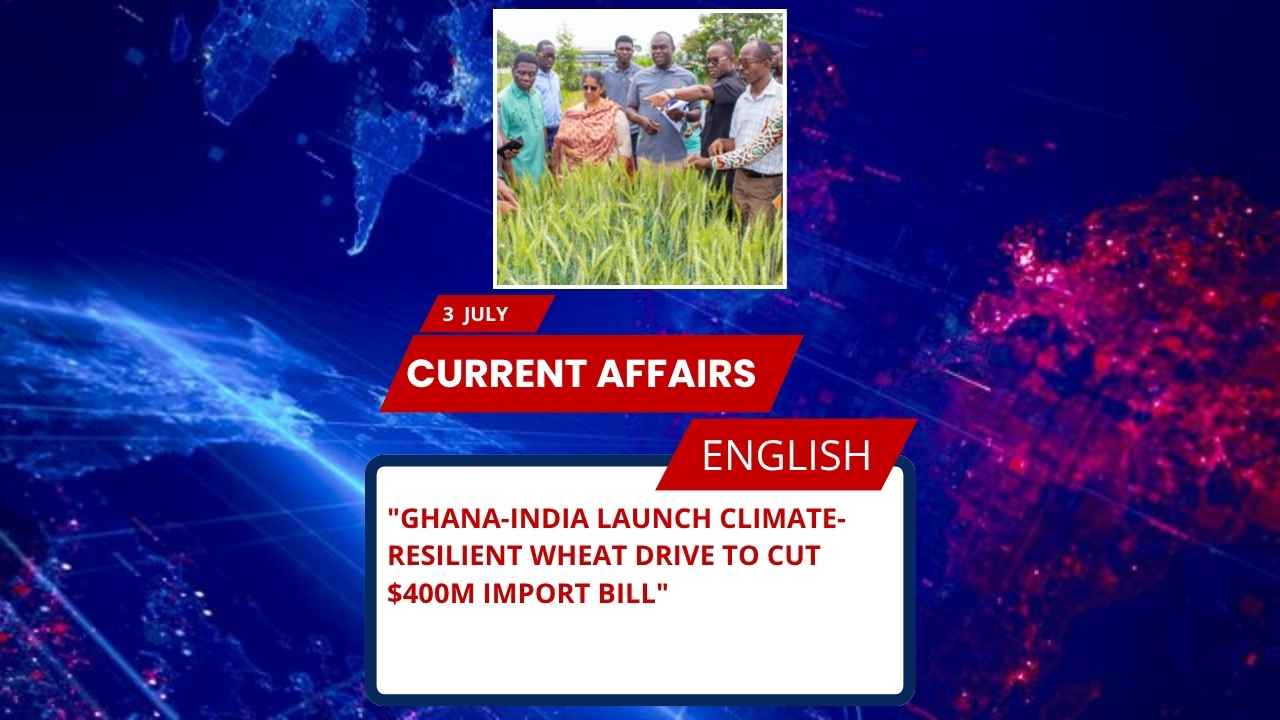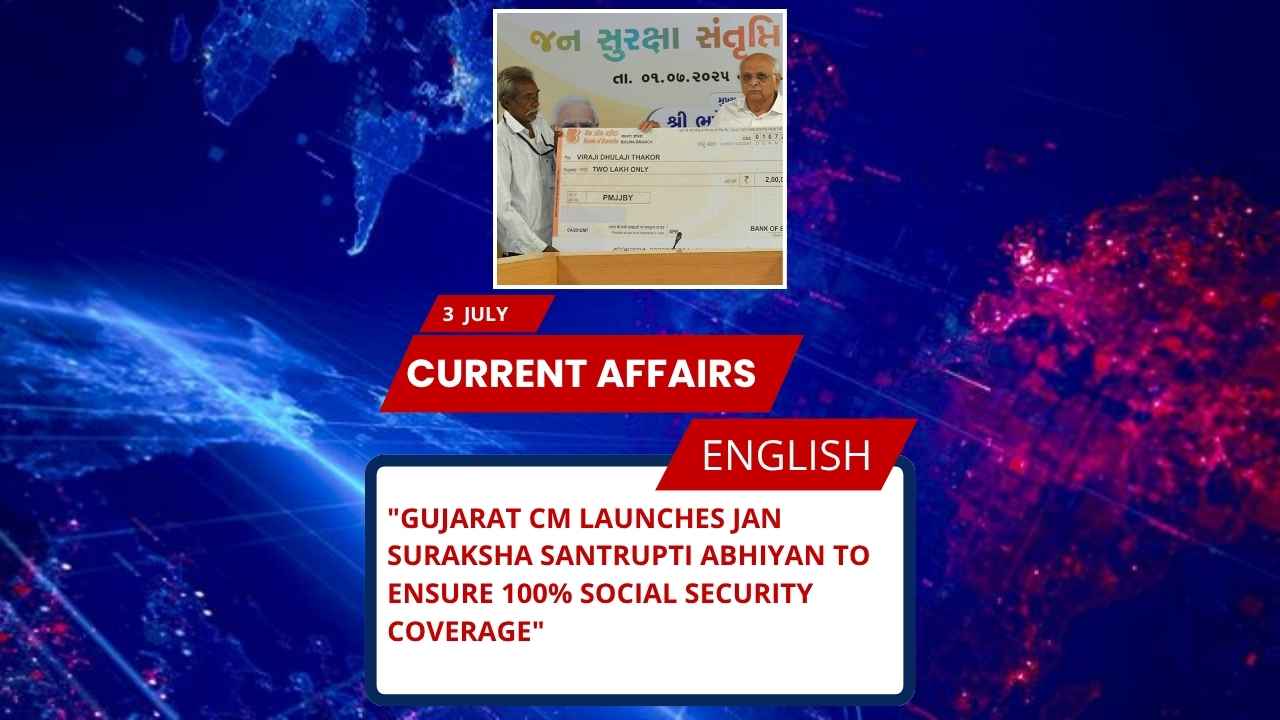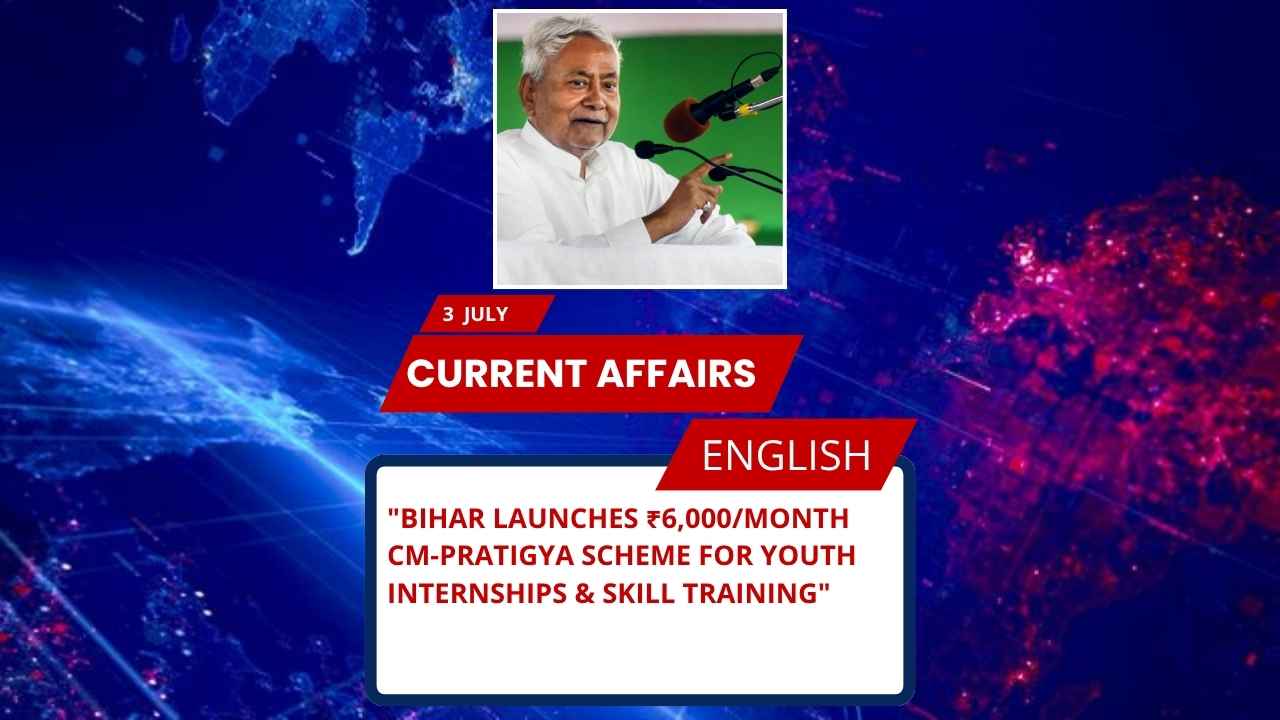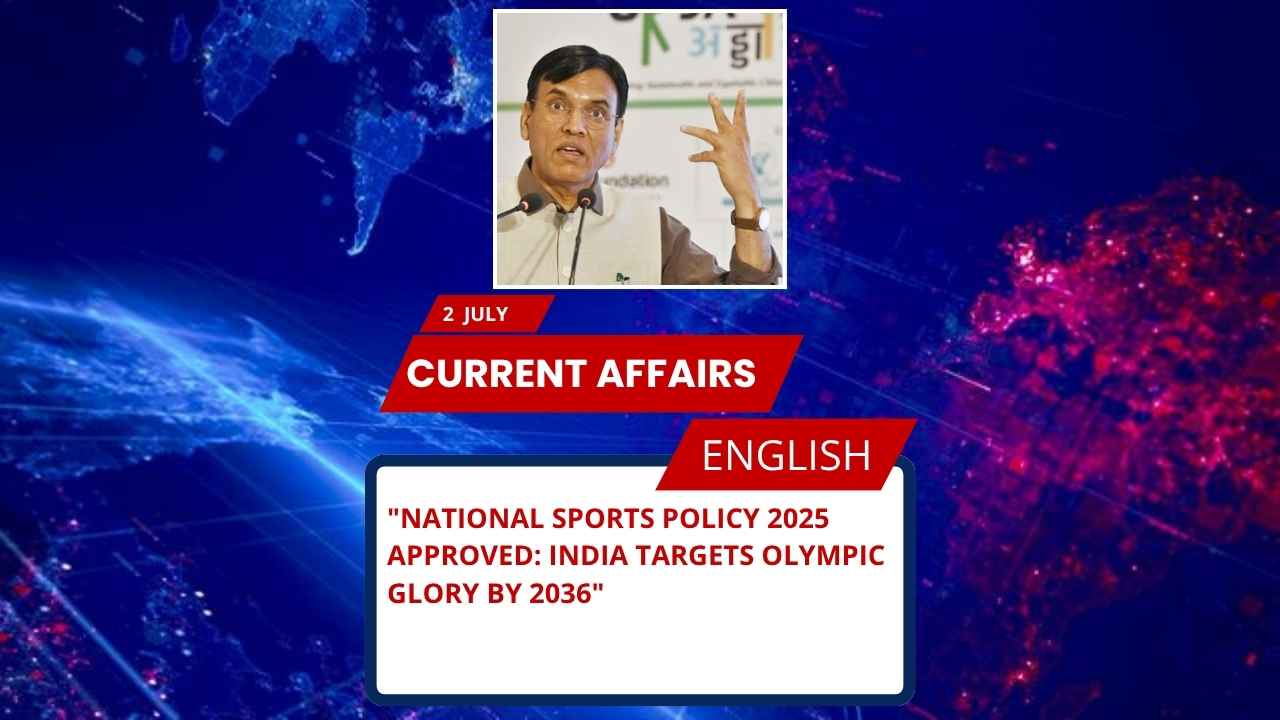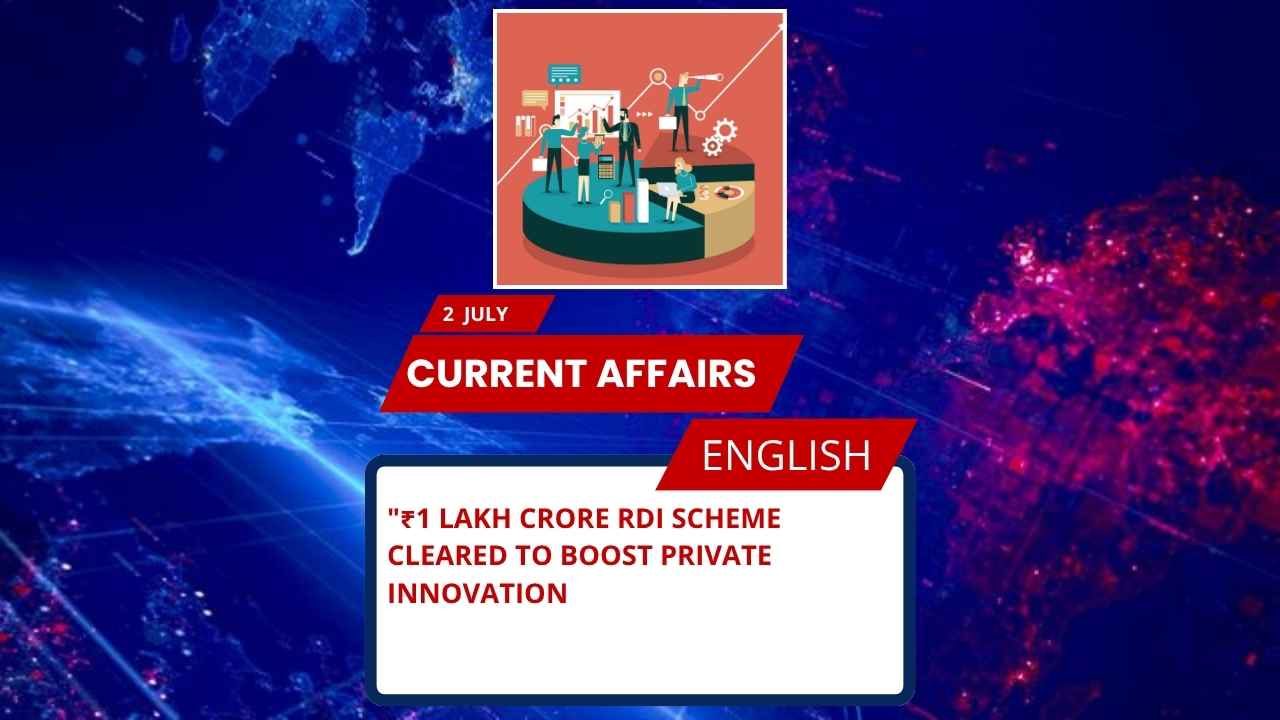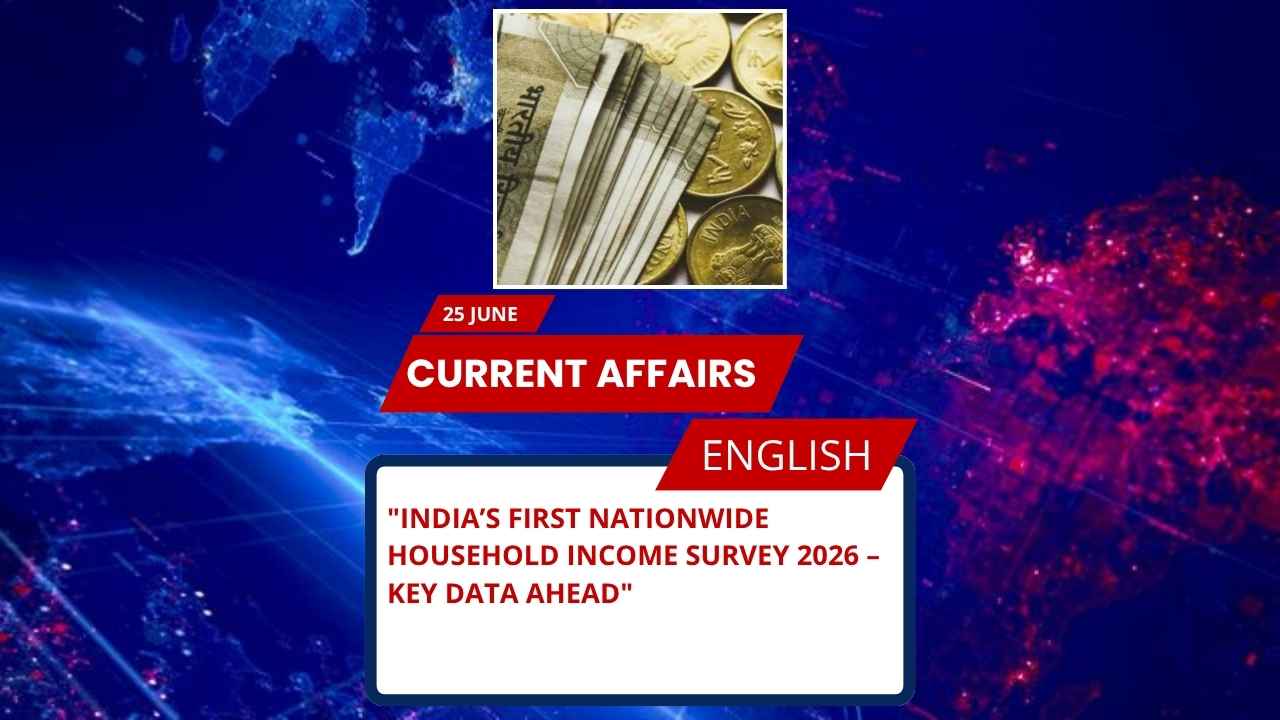
Key Points for SSC & Govt Exams (Highlight)
- Launch Year: India’s first full-fledged all‑India Household Income Survey to be conducted in 2026, led by NSS under MoSPI.
- Historical Pilots: Experimental income data collected in 1955, 1958–59, 1964–65, 1969–70, and pilot in 1983–84; none converted into national sample due to inconsistent results .
- Need & Purpose: Bridge data gaps in income distribution, underpin policymaking on inequality and welfare.
- Technical Expert Group (TEG): Chaired by Dr. Surjit S. Bhalla (former IMF Executive Director), includes 8 experts from ISI Kolkata, NCAER, JNU, DSE, Hyderabad, NSE, etc.
- TEG Responsibilities: Finalise definitions, questionnaire, sampling, estimation, international best practices, assess technology’s impact on wages.
Background & Rationale
Since its inception in 1950, the National Sample Survey (NSS) has conducted various household surveys but never a full income distribution one. Early income initiatives (9th, 14th, 19th, 24th rounds and 1983–84 pilot) were discontinued due to poor data quality—income estimates were lower than consumption and savings combined.
Despite NSS’s reputation, structural changes in India’s economy over 75 years necessitate robust income data. That gap led MoSPI to act, aligning with NSS’s broader efforts like enterprise and tourism surveys.
Formation & Role of Technical Expert Group
MoSPI has formed an 8‑member TEG (plus officials) under Dr. Surjit Bhalla, drawing expertise from prestigious Indian institutions. Its tasks include:
- Finalising survey concepts & definitions
- Designing methodology, sampling, and tools
- Ensuring estimations are robust
- Adopting best global practices (Australia, USA, Canada, South Africa)
- Evaluating technology’s impact on wages
- Overseeing report finalisation & release.
Survey Structure & Expected Outcomes
- Tentative timing: Any time in 2026 (preview articles say “February launch” though month unconfirmed).
- Scope: Nationwide sample aimed at measuring income distribution and household welfare.
- Significance: First reliable income data will inform targeted welfare measures, tax, and inequality policies.
Why It Matters for India
- Helps gauge inequality & poverty trends effectively.
- Supports data-driven policy-making on social welfare, taxation, and economic reforms.
- Addresses demographic and macroeconomic structures, laying foundation for sustainable development.
UPSC/SSC – Related Facts (States & Organizations)
| Entity | Details |
|---|---|
| International Monetary Fund (IMF) | Global financial institution; Dr. Surjit Bhalla was India’s Executive Director. HQ in Washington, D.C. |
| Australia, USA, Canada, South Africa | Reference countries for methodology; known for robust income surveys with varying sampling designs. |
| Indian Statistical Institute (ISI) | CS Prof Aloke Kar is former faculty; headquartered Kolkata. |
| National Council of Applied Economic Research (NCAER) | Research body; Prof Sonalde Desai is member. Based in Delhi. |
| JNU, DSE, Hyderabad, NSE | Prof Praveen Jha (JNU), Prof Srijit Mishra (Hyderabad), Dr Tirthankar Patnaik (NSE), Prof Ram Singh (DSE) are TEG members. |
| MoSPI (Ministry of Statistics & Programme Implementation) | Parent ministry, located in New Delhi; minister is current Cabinet Minister. |
Full Blog Content
India’s Landmark Household Income Survey 2026 – A Game‑changer
In 2026, India embarks on its first-ever full-scale nationwide Household Income Survey. Conducted by NSS under MoSPI, this survey addresses a critical gap in income data. Earlier pilot efforts since the 1950s were discontinued due to underreported income figures. Now, with India’s economy transforming at scale, understanding income distribution is vital for inclusive growth.
To ensure success, MoSPI has established a Technical Expert Group (TEG) chaired by Dr. Surjit S. Bhalla. With top experts from ISI, NCAER, JNU, DSE, NSE, etc., the TEG is tasked with robust methodology—sampling, questionnaires, estimation, conceptual clarity, and integrating global best practices.
The TEG also aims to evaluate the impact of technology on household wages, linking digitization with income trends—a crucial insight as India modernizes.
Why now? NSS has expanded its data collection beyond consumption and employment to sectors like tourism, enterprise, and services. The 2026 survey aligns with this vision, aiming to produce “vital information for deriving income distribution and welfare” .
Since India’s per capita GNI rose to ₹2.31 lakh in 2024-25, the survey can contextualize how growth translates to household income across India.
Challenges ahead include accurate income reporting, informal sector coverage, and ensuring representative sampling. The TEG will draw lessons from previous global surveys (e.g., Australia’s HILDA, USA’s CPS) .
Once complete, results will influence policy on welfare schemes, taxation, inequality, social security, and economic planning.
MCQs & Practice Question
MCQs:
- Who is chairing the TEG for the Household Income Survey 2026?
A) Prof. Sonalde Desai
B) Dr. Surjit S. Bhalla
C) Prof. Praveen Jha
D) Dr. Rajesh Shukla
Answer: B - A major challenge in earlier survey attempts was:
A) Overreporting of consumption
B) Income estimates lower than consumption + savings
C) Sampling errors alone
D) Lack of political will
Answer: B - Which sector’s income impact is explicitly being assessed?
A) Agriculture
B) Informal trade
C) Technology adoption/wages
D) Tourism
Answer: C - Which institute is not represented in TEG?
A) Delhi School of Economics
B) National Stock Exchange
C) IIT Bombay
D) Indian Statistical Institute
Answer: C
Sample UPSC‑style Short‑Answer Question
Question: “Examine the significance of India’s planned 2026 Household Income Survey and the role of the Technical Expert Group in ensuring its success.”
Answer Framework (200 words):
- Introduction (approx. 20‑40 words): Define the survey and note its historic relevance.
- Body:
- First national survey directly addressing income distribution gaps.
- Data importance for welfare, inequality measures, fiscal & tax reforms.
- TEG’s design role—sampling, estimation, global best practices.
- Use of digitisation indicators to assess tech’s effect on income.
- Overcoming past methodological pitfalls (e.g., underreporting).
- Conclusion (~30 words): Expected to produce reliable, policy‑relevant data enhancing planning and transparent governance.
FAQs for UPSC Aspirants (with Answer‑Writing Style)
Q1. What is the objective of the Household Income Survey 2026?
A: Introduction: The survey aims to fill India’s critical data gap on household incomes.
Body: NSS will collect income data across the country to measure distribution, inequality, and welfare. This supports policymaking in taxation, subsidies, and social schemes.
Conclusion: Its outcomes will bolster evidence‑based governance.
Q2. Describe the role of the Technical Expert Group in this survey.
A: Intro: The TEG guides the design and implementation.
Body: Chaired by Dr Bhalla, it includes experts from ISI, NCAER, JNU, DSE, NSE, etc. Oversees definitions, sampling, survey tools, estimation, and ensures alignment with global best practices. It also evaluates technology’s effect on wages.
Conclusion: TEG’s involvement ensures methodological rigour and credible outcomes.
Q3. Why were earlier attempts at income surveys discontinued?
A: Intro: Historical attempts in the 1950s–80s failed due to unreliable results.
Body: Income estimates were consistently lower than consumption + savings—pointing to underreporting and methodological issues. Pilots in 1983–84 also deemed unfeasible for national deployment.
Conclusion: Understanding past failures informs better design for 2026.
Q4. How will inclusion of technology‑wage linkage enhance survey findings?
A: Intro: Assessing tech‑wage nexus provides insights into structural economic changes.
Body: As digitisation reshapes sectors, evaluating its income impact helps gauge real benefits or disparities. It enables targeted interventions supporting tech‑driven income growth.
Conclusion: Integrating this focus makes the survey future‑oriented and policy-relevant.


